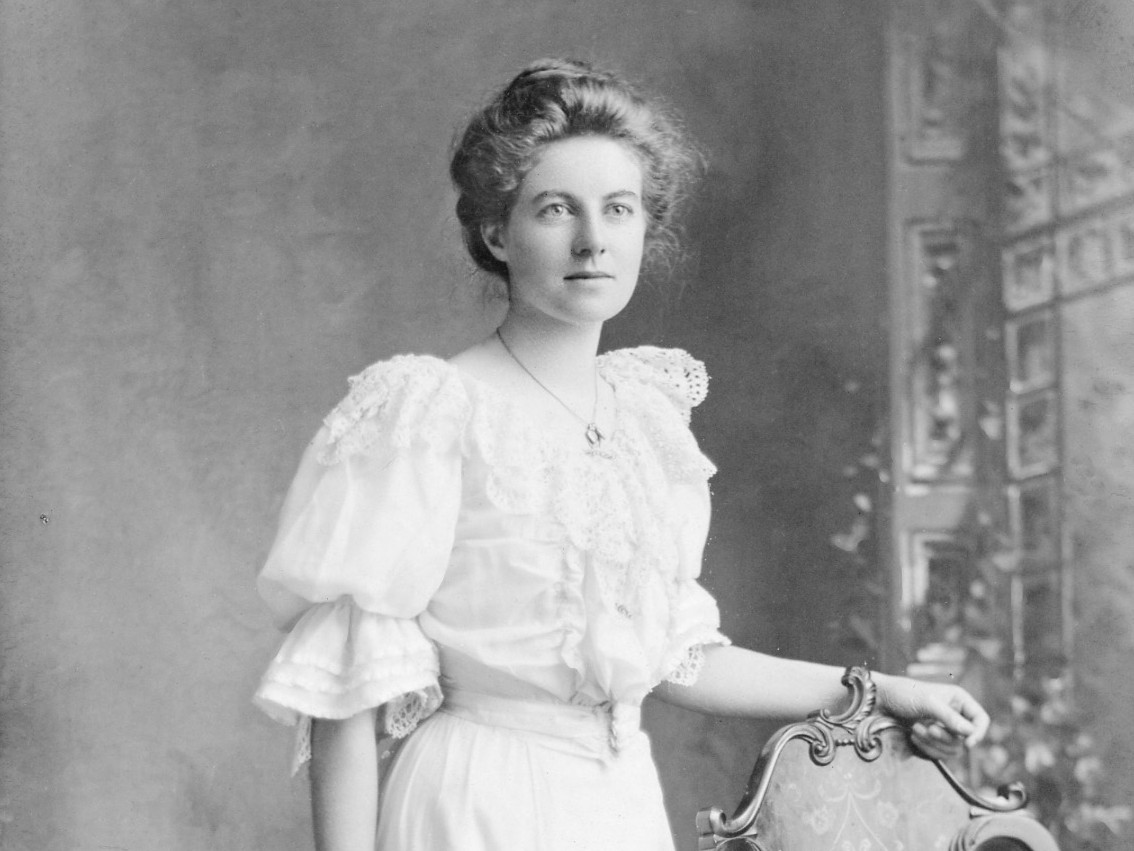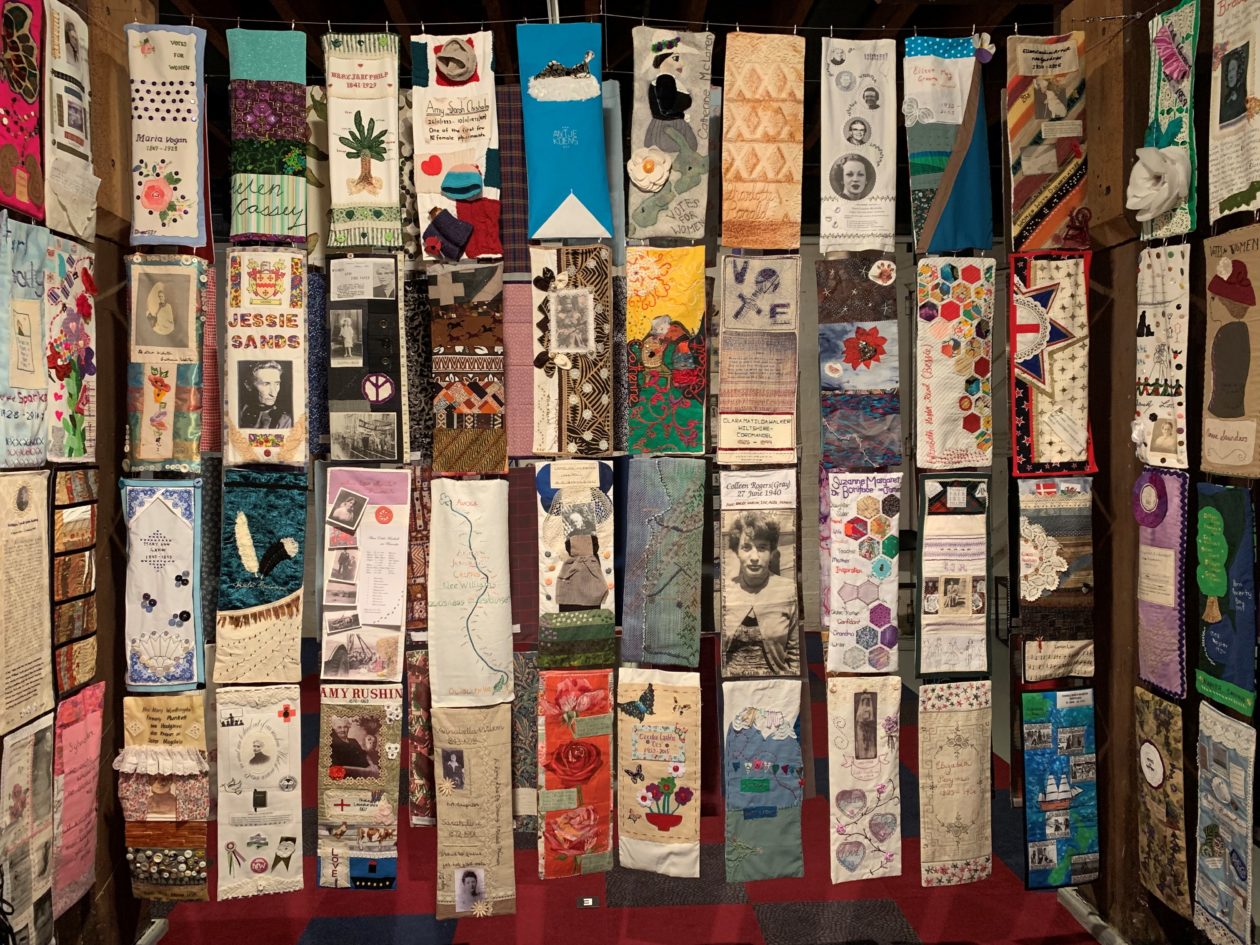Amy Sarah Chisholm and Alzheimer's – Rosemary’s story
My maternal grandma, Amy Sarah Chisholm, was an assertive trailblazer in her career choice as a pharmacist.

She was named after her grandma, Amy Clark, and her mother, Sarah Elizabeth Clark. Judging from the photos, Sarah looked assertive too and a force to be reckoned with! My Grandma’s dad, Alfred Clark, seems a trailblazer, sailing from London and arriving in New Zealand in 1859 on the ship, Mystery.
As the only girl among four brothers, maybe Grandma had to become assertive! She was very bright, so won a scholarship to Wellington Girls’ High School (now known as Wellington Girls’ College). She had to travel by coal powered ferry from Nelson for schooling. Somehow she played hockey there, wearing a boater, button boots and a long, flowing skirt!
Amy was the only female student in her pharmacy classes at Victoria College (now Victoria University Wellington). She graduated as one of the first few female Kiwi pharmacists.
To celebrate Grandma being a trailblazer in her career choice, she is the subject of my panel for the Suffrage in Stitches Exhibition. This is currently on display at the Wellington Museum and will be displayed in other NZ museums.
The work matches the length of the original Suffrage Petition of 1893 and consists of 546 individually designed fabric panels (number of pages in the original petition). These panels tell the stories of those who signed the 1892 and 1893 petitions or relatives who’ve influenced the 546 makers.
My panel for the Suffrage in Stitches Exhibition celebrates Grandma’s trailblazing achievements as a pharmacist. At that time, pharmacy was mostly a male dominated career.
After graduating, Grandma was apprenticed to a female pharmacist in Lambton Quay. Later, she worked as a pharmacist for two doctors in Nelson and later in Alexandra. She met and married an insurance agent, George Stanley Chisholm, in Lawrence. George was also a keen hockey player, so my Mum, siblings and I got a double whammy of hockey playing genes!
Amy and George moved to Island Bay and she became a stay-at-home mother of 3, including my mum, Joyce Amy Ross, nee Chisholm. There, Grandma held tea parties and was a great hostess, serving paper thin slices of homemade bread and butter. She had also kept hens and had productive fruit and vege gardens. I am named Rosemary or the rose of the sea. I inherited a love of the sea and walking on beaches from my mum.
Unfortunately, during the Great Depression of the 1930s, Grandpa lost his insurance job. He had two failed ventures managing a local garage and a cinema. Grandma, unwilling but conscientious, became the breadwinner in several pharmacies. She owned the Kelburn Pharmacy, and became a relief/locum pharmacist even after retiring.
As the Lady of the House, Grandma had a strong sense of etiquette and propriety. Throughout her life, she’d frequently say, “It’s not done, dear!” She set firm rules, only allowing my mum when young to change in and out of tramping gear in the washhouse admonishing, “What would the neighbours say?”
Grandma was an astute business woman with a good, sound sense of money. She saved and bought a car for my family. Later she bought a shared family bach at Waikanae Beach. She even tried gardening there, growing potatoes in the garden. However, the hungry pukeko dug them all up! Still wearing a lady-like hat, Grandma used to wage a personal battle grubbing up hated pigfern on the property!
Grandma was also my knitting role model. My panel includes several knitted samples using her Patons knitting patterns and Imperial sized knitting needles. I inherited these and her strong Protestant work ethic, i.e., the need to be busy, for example, by knitting. She taught me to knit during the numerous times during my childhood I was home sick.
It was only much later in life, sadly, Grandma developed Alzheimer’s disease.
I have tucked a pill bottle inside one of the knitted beanies on my panel in recognition of my assertive Grandma’s trailblazing pharmacy career.
Amy Sarah Chisholm, nee Clark (26/11/1883-10/11/1971)

Click here to find out more about the Suffrage in Stitches project.

